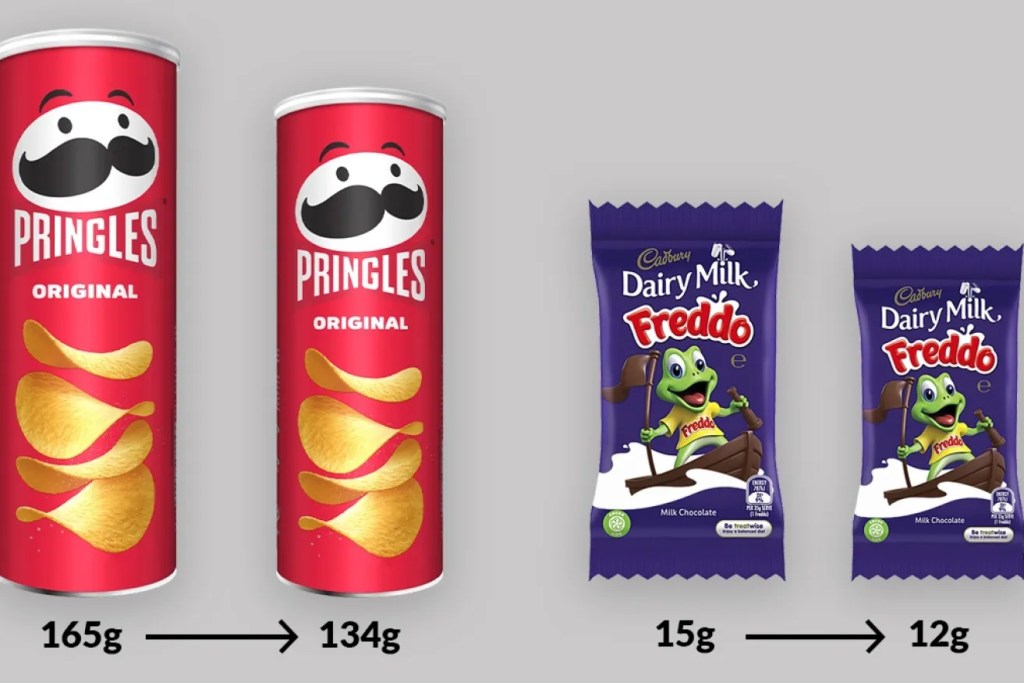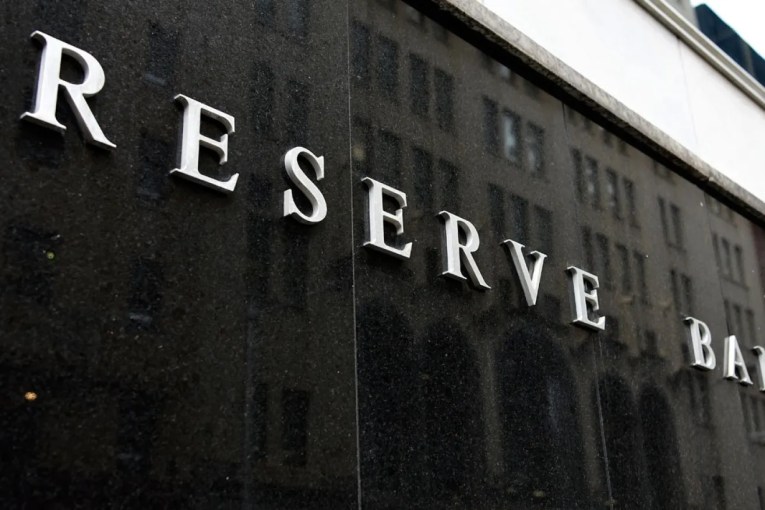Shrinkflation: Sneaky tactic costing Australians at the supermarket and beyond

Source: Choice
Shoppers struggling with the cost-of-living crisis need to be worried about shrinkflation at the grocery store.
Even the Cookie Monster is tweeting about the sneaky tactic, where prices go up or stay the same while product size decreases.
“Me [sic] hate shrinkflation! Me [sic] cookies are getting smaller,” the Cookie Monster tweeted earlier this month.
“C is for consumers getting ripped off,” the White House’s official X account responded.
“President [Joe] Biden is calling on companies to put a stop to shrinkflation.”
Shrinkflation has become a growing concern in Australia in recent years, with Labor frontbencher Andrew Leigh calling the practice a “cunning trick” from manufacturers that forces consumers to pay more for less.
Examples include Freddo frogs reducing the size of their chocolates, Tim Tams including fewer biscuits in their packets, and breweries making their cans smaller.
Analysis published this week by Deakin University found that cereal has also been a subject of shrinkflation, with seven such products getting smaller between 2019 and 2024, despite increasing in size.
In the worst case, a product became 150 grams (17 per cent) smaller, with the average decrease being about 4.1 per cent, according to the Deakin figures.
It’s a problem in other countries too – US President Joe Biden recently called the practice a “rip off” as consumers in North America struggle with higher grocery prices.

Shrinkflation is costing Australians at the supermarket.
But shrinkflation can be notoriously difficult for consumers to deal with because there’s no notice when it happens and unless you’re paying close attention you will miss it.
University of Technology Sydney professor Sanjoy Paul said it’s difficult for customers to avoid because while some products – such as home brand ranges – can be cheaper, you can’t tell how sizes have changed relative to prices unless you’re comparing what you’ve bought historically to now.
He said the practice happens not just in packaged groceries, but also in fresh food sections of supermarkets.
“Whether it’s cucumber or zucchini, those packet sizes can become 750 grams instead of 1kilo,’’ Paul explained.
“Not informing customers is very intentional, so that they can increase their profits as much as possible.’’
Tweet from @MeCookieMonster
Paul said regulators should be looking at the practice of shrinkflation as they cast their eye over the way Woolworths and Coles are dealing with their suppliers and whether there is enough competition.
There are several public inquiries under way investigating the grocery sector, including one led by former Labor frontbencher Dr Craig Emerson into the Food and Grocery Code of Conduct, and a separate one led by the Australian Competition and Consumer Commission (ACCC).
Paul said the ACCC in particular should consider if rules requiring supermarkets to be upfront with customers about how product sizes are changing are needed, particularly in the context of rapidly rising prices for essentials.
“This issue is widely ignored by policymakers,” he said.
“How can consumers notice if they don’t have information about prices from anywhere? It’s another component of the black box.”
But the supermarkets aren’t the only culprits when it comes to shrinkflation.
Often product manufacturers seek to cut costs by decreasing the size of their products while maintaining their shelf prices.
That suggests regulators may need to look beyond grocery stores to get to the bottom of the problem and provide more information for consumers when the sizes of popular food products change, even when the price remains the same.
Shrinkflation can also happen outside the supermarket, with property being a good example in recent years.
Property prices have soared, while average square meterage on those houses has declined in that time.








